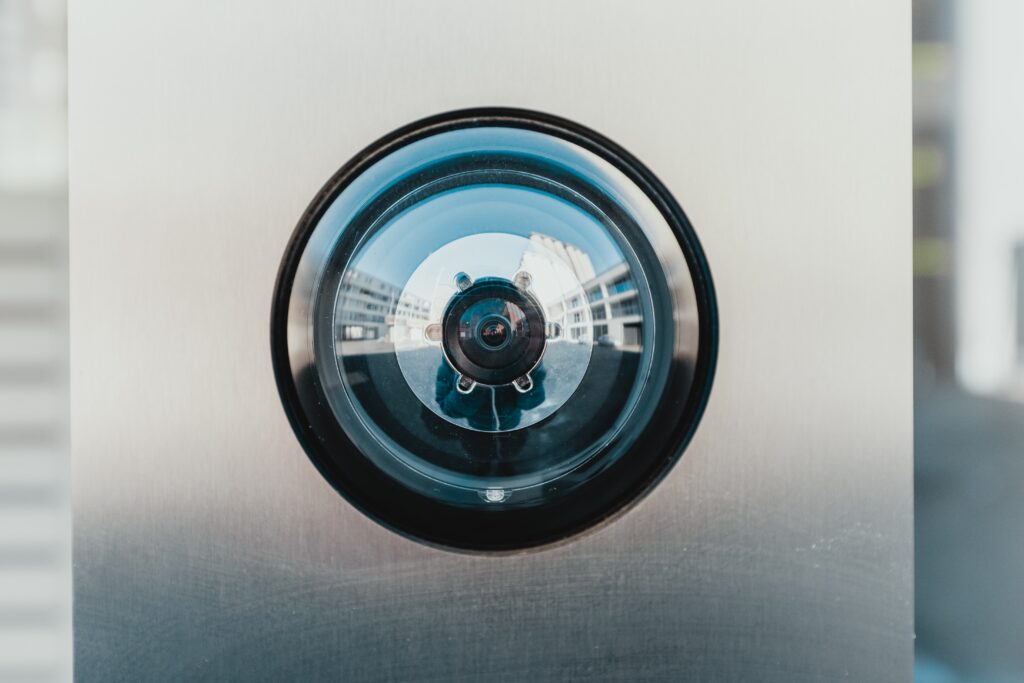Motion detectors have emerged as indispensable tools for safeguarding spaces of all sizes. These intelligent devices utilize cutting-edge technology to detect movement and trigger responsive actions. This article delves into the intricacies of motion detectors, shedding light on their workings, applications, and benefits in enhancing security protocols.

Unveiling Motion Detectors: How They Work
At the heart of motion detection technology is identifying changes in the environment’s infrared energy. Motion detectors have infrared sensors that detect the heat signatures emitted by living beings and objects. When an individual or object moves within the detection range, it disrupts the infrared energy pattern, prompting the detector to activate.
Varieties of Motion Detection Technologies
· Passive Infrared (PIR) Sensors: PIR sensors are the most common motion detectors. They detect changes in infrared radiation and are highly effective in differentiating between background temperature changes and human or animal movement. PIR sensors are commonly found in residential and commercial spaces.
· Microwave Sensors: Microwave motion detectors emit microwave signals and measure the reflections to detect motion. They cover a larger area than PIR sensors but are more sensitive to movement, making them ideal for outdoor use where accuracy is paramount.
· Dual Technology Sensors: These sensors combine PIR and microwave technology to reduce false alarms. Both sensors must be triggered simultaneously to activate the alarm, minimizing the chances of false positives.
· Ultrasonic Sensors: Ultrasonic motion detectors emit ultrasonic sound waves and measure the reflections. They are instrumental in areas with obstacles, as they can detect motion around corners and obstructions.
Applications of Motion Detectors in Security Systems
· Residential Security: Motion detectors are pivotal in monitoring entry points, hallways, and rooms. They provide an added layer of protection by triggering alarms when unauthorized movement is detected.
· Commercial Spaces: In commercial settings, motion detectors secure large areas, warehouses, and offices during off-hours. They contribute to energy conservation by controlling lighting and HVAC systems based on occupancy.
· Outdoor Protection: Motion detectors for outdoor use safeguard perimeters, driveways, and open spaces. They resist weather conditions and can cover expansive areas, making them crucial for early intrusion detection.
Enhancing Security Protocols with Motion Detection
· Integration with Security Systems: Motion detectors are often integrated into comprehensive security systems, working with cameras, alarms, and access control systems. This synergy ensures a multifaceted security approach.
· Intelligent Automation: Motion detectors are a cornerstone of smart home automation. They can trigger various actions, such as turning on lights, adjusting thermostats, and sending notifications to homeowners’ smartphones.
· Customization and Sensitivity: Modern motion detectors offer customization options, allowing users to adjust sensitivity levels and detection ranges to suit specific needs. This reduces false alarms while maintaining accurate intrusion detection. One of the examples of such motion detection is the one from the Ajax Superior product line providing users with unparalleled control over their security ecosystem.
One of the manufacturers who cared to gather all of these features into one product line is Ajax System. This product line is called “Superior” for a reason of advanced technologie, additional layer of protection and only professional installation being allowed. Superior product line features opening detectors, glass break detectors, motion detectors, buttons & keyfobs, keypads, and sirens.
Conclusion
Motion detectors have ushered in a new era of security by providing intelligent vigilance that adapts to our surroundings. With a wide array of detection technologies and applications, these devices have become essential tools for protecting residential, commercial, and outdoor spaces. Motion detectors contribute to a safer world by preemptively identifying potential threats and facilitating timely responses, whether as standalone devices or integral components of sophisticated security systems. As technology evolves, motion detection technology will undoubtedly remain at the forefront of our collective efforts to fortify our surroundings and enhance our peace of mind.

